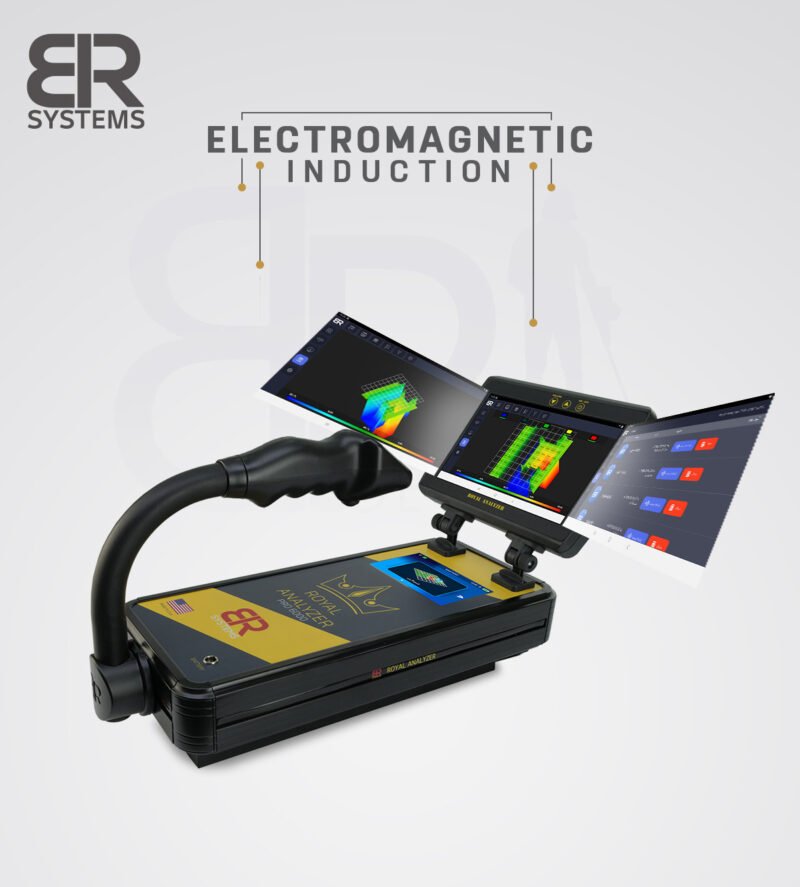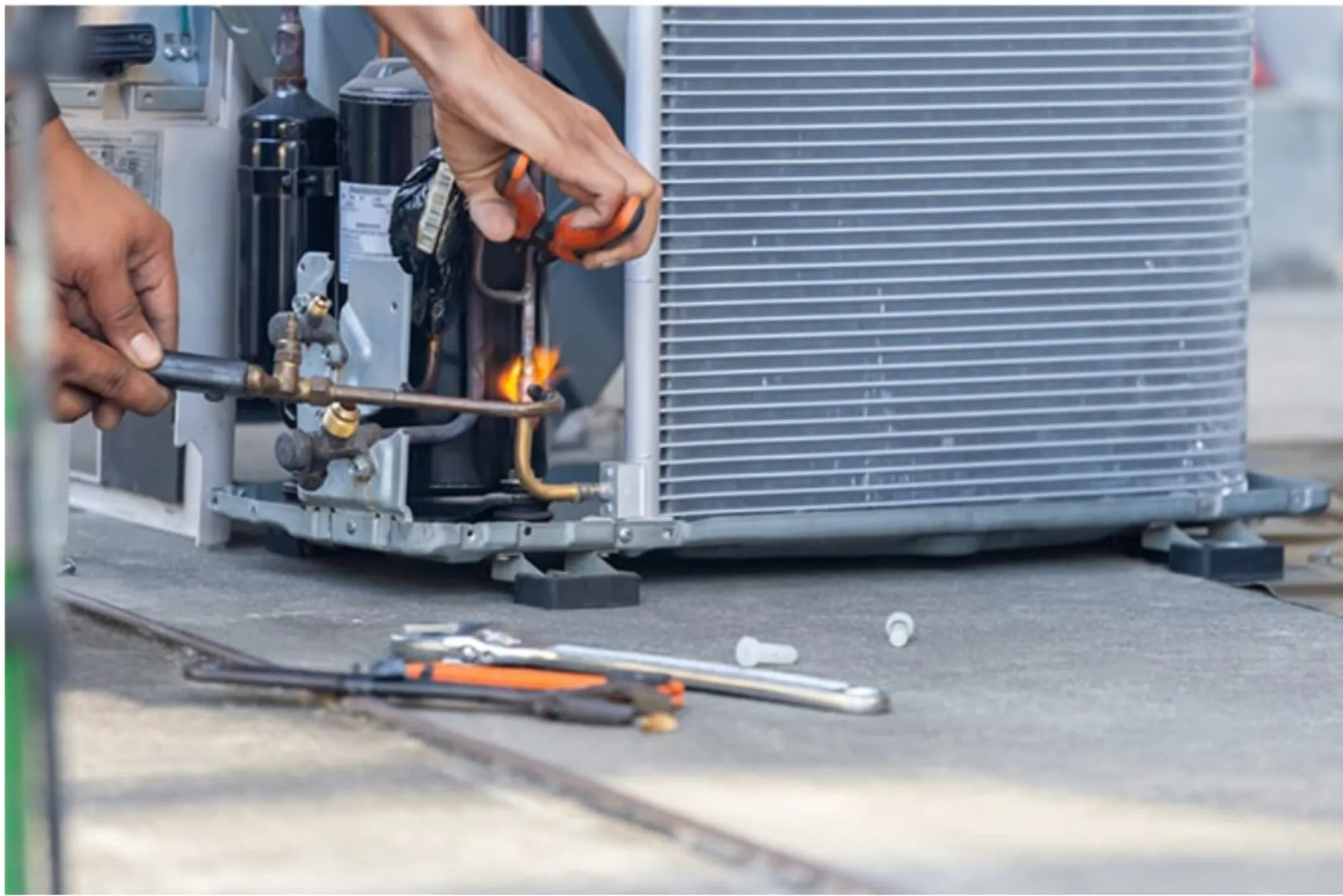Treasure hunting has moved far beyond the days of simple metal detectors. Today, professionals and serious hobbyists alike rely on advanced technology to identify hidden treasures with greater precision. One of the most powerful tools in this evolution is the 3D gold scanner detector. Unlike traditional devices, these scanners not only detect metals but also provide a detailed view of what lies beneath the surface. For anyone serious about exploration, this kind of technology can be a game-changer.
So, what exactly does a 3D gold scanner detector do, and why should treasure hunters consider using one? Let’s explore its features, applications, and real-world benefits in detail.
Understanding the 3D Gold Scanner Detector
At its core, a 3d gold scanner detector is designed to go beyond standard metal detection. While traditional detectors alert users to the presence of metal, 3D scanners use advanced imaging technology to produce a visual representation of the underground environment. This allows the user to see not only the depth and shape of a target but also gain insights into its potential composition.
For professionals, this is invaluable. Imagine being able to distinguish between natural rock formations and actual gold deposits before you even begin digging. This saves both time and effort while reducing unnecessary damage to the land. The ability to view subsurface anomalies in three dimensions turns guesswork into informed decision-making.
How 3D Scanning Changes Treasure Hunting
The most significant advantage of 3D scanning is its ability to provide context. Instead of simply signaling that “something” is below, the scanner helps you understand whether it’s worth pursuing. Professionals often deal with harsh terrains or historically significant sites where precision is critical. A 3D scan can reveal the approximate size, shape, and depth of buried objects, making excavation safer and more strategic.
For example, in areas with mineralized soil where conventional detectors are prone to false signals, a 3D scanner can filter out noise and focus on meaningful targets. This ensures treasure hunters spend more time discovering and less time chasing false positives.
Royal Analyzer Pro: A Practical Example
One of the standout devices in this category is the Royal Analyzer Pro. This advanced system has gained a reputation among professionals for its ability to produce highly detailed scans of underground structures. With 3D imaging capabilities, it provides clear visuals of buried objects, making it especially effective for identifying gold, treasures, and cavities.
What sets the Royal Analyzer Pro apart is its ease of use despite its sophisticated features. Even complex scans can be interpreted through its intuitive interface, allowing professionals and advanced hobbyists alike to benefit. Its portability and durability make it suitable for use in challenging environments, from deserts to archaeological sites. For those committed to serious treasure hunting, it represents one of the best examples of how far scanning technology has come.
Why Professionals Trust 3D Gold Scanners
Reliability is one of the main reasons 3D scanners are embraced by professionals. In treasure hunting, every dig costs time, effort, and resources. Making decisions based on vague signals can lead to wasted opportunities or even site damage. A 3D scanner reduces this uncertainty, giving hunters confidence that what they are pursuing is worth their investment.
Additionally, 3D scanners are designed with adaptability in mind. Whether you’re searching for gold in mineral-rich terrain, investigating historical sites, or surveying land for natural resources, these devices offer settings and modes that adjust to the specific environment. This flexibility ensures consistent performance across diverse conditions.
Practical Benefits for Modern Treasure Hunters
Beyond the advanced technology, there are very practical reasons to choose 3D scanning. First, it dramatically cuts down on unnecessary digging. This not only saves energy but also reduces the risk of damaging valuable finds during excavation. Second, the clear visuals generated by scanners allow treasure hunters to document and analyze their work more effectively. This is especially valuable for professionals who need to present evidence of their findings or collaborate with teams.
Lastly, 3D scanners elevate the overall experience of treasure hunting. The ability to literally “see” beneath the ground before digging adds a layer of excitement and sophistication to the process. It’s no longer just about signals and sounds—it’s about interpreting real data and making informed decisions.
The Future of Detection Technology
Looking ahead, the development of gold scanners is expected to become even more sophisticated. As imaging technology improves, we may see devices that provide even clearer and more detailed subsurface maps. Integration with GPS and artificial intelligence could further refine the treasure-hunting process, making it more efficient and accessible.
The Royal Analyzer Pro and similar devices are just the beginning of this evolution. They point toward a future where professional treasure hunters can operate with scientific precision, combining technology and field expertise to achieve remarkable results.
Final Thoughts
A 3D gold scanner detector represents a significant leap in treasure-hunting technology. By providing visual representations of underground targets, these devices allow professionals to work smarter, safer, and more efficiently. The Royal Analyzer Pro, with its powerful imaging features and user-friendly design, is a prime example of why 3D scanning has become indispensable in the field.
For anyone serious about treasure hunting, the investment in this technology is more than justified. It’s not just about finding gold—it’s about exploring with confidence, precision, and the thrill of discovery powered by modern innovation.




